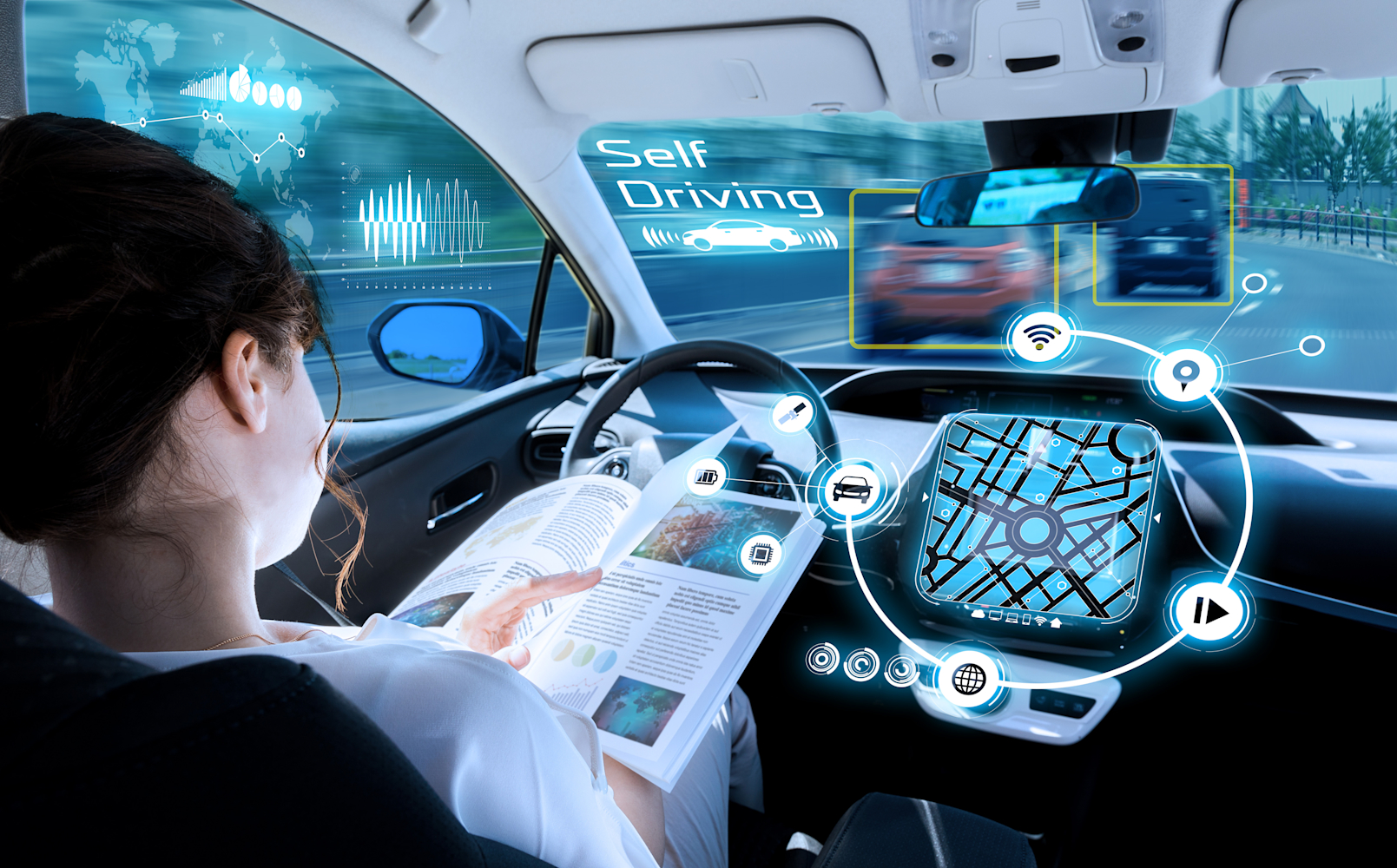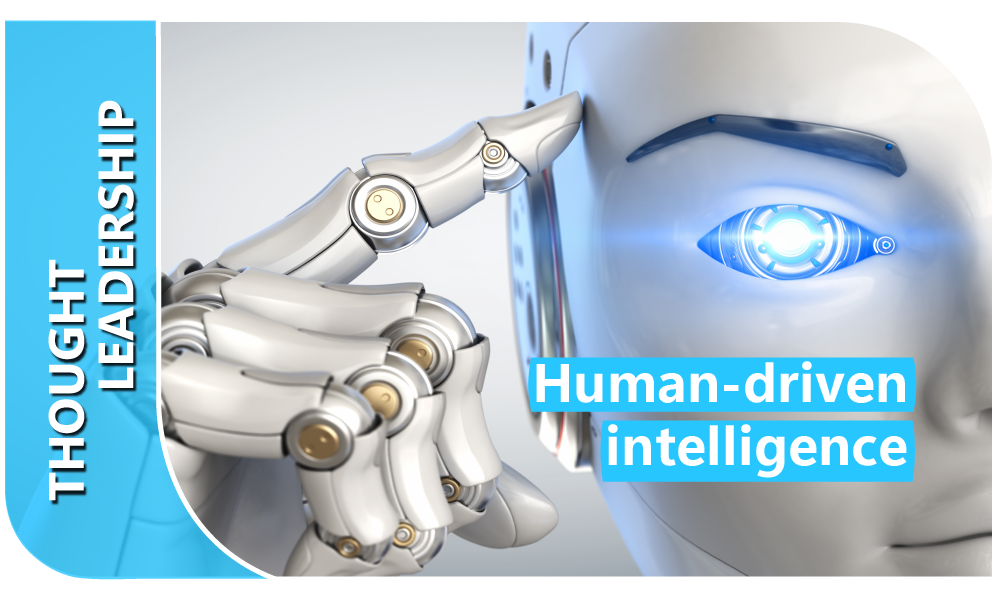Machine Learning, Deep Learning, and AI - what are they and how can you tell them apart?
Machine Learning, Deep Learning, and Artificial Intelligence are terms used interchangeably and this article explains the differences between them. Most importantly, it highlights human intelligence as the KEY to a truly accountable and transparent AI. They are a product of human-based intelligence.
Broadly speaking, we could say that Deep Learning is a subset of Machine Learning and that Machine Learning is a subset of AI. The graph below further clarifies the relationship between these notions:

Artificial Intelligence: a machine capable of imitating human reasoning
Artificial Intelligence is a discipline within computer science that develops algorithms that process data through learning from previous experiences. It imitates the reasoning of the human brain: it receives stimuli and then, it processes this given information to generate new ones. In a nutshell, the purpose of AI is to create machines that mimic the capabilities of human beings.
Unlike other computer systems, artificial intelligence does not need to be programmed specifically for each scenario. A machine can be taught new algorithms (Machine Learning), or it can learn them by itself (Deep Learning).
From business rules to machine learning
Before the emergence of machine learning in the 1980s, business decision rules were mostly some sort of hand-coded sets of instructions based on the knowledge of business experts. With Machine Learning, those rules emerge from previously collected data: business expertise plays a key role in conducting this procedure. The business expert only determines which factors can influence the results to be predicted, and the algorithm automatically selects the optimal way to combine these factors. In other words, a model is "trained". The key question is: based on my data, what is the best rule I can create to solve my business problem?
In light of the foregoing, we can define Machine Learning as a branch of AI that has algorithms capable of automated learning by training their models. It is a method of data analysis in which this intelligence is able to train itself through this data, identify patterns, and make decisions without human intervention.

What are the features of Deep Learning?
Deep Learning is a much more innovative form of Machine Learning. It could be considered as its evolution. A DL algorithm can find hidden patterns in the data by itself, combine them and build much more efficient decision rules. Thus, the great value of Deep Learning is this ability to automatically identify patterns.
A DL system is constantly analyzing data in a human-like fashion. It relies on many layers of algorithm structures. Such algorithms are called artificial neural networks; they try to mimic the function of human neurons. This implies dealing with more complex problems, such as understanding concepts in images, videos, texts, sounds, time series and all unstructured data imaginable. The more complex the data, the more complex algorithms it requires. Therefore, to extract good and complex patterns, the machine requires a lot of examples (data), much more than an ML model. This is what makes DL a more advanced type of Machine Learning.
However, Deep Learning is not a model that just learns by itself. Just as a Machine Learning model needs supervision, DL algorithms still need properly labelled data, an evaluation of the model's output and, an assessment of the business value it will deliver. The lack of accurately labelled data is one of the main reasons why DL fails, no matter how advanced and innovative it can be.
Since this type engineering is done automatically by the machine, the interpretation is neither obvious nor easy for a human to carry out. Moreover, Deep Learning decision rules can be rejected by business analysts. In fact, the interpretation of DL models is one of the biggest challenges in research today.

In a nutshell, here is the main difference between AI, Machine Learning, and Deep Learning
Artificial Intelligence: a discipline that, through the combination of algorithms, develops machines that attempt to replicate or mimic human intelligence.
Machine Learning: a subset of AI, where humans train these algorithmic machines to learn from data and make predictions.
Deep Learning: the evolution of Machine Learning where algorithms are structured in neural networks and are able to learn on their own, process data and draw their own conclusions.
Regardless of how we define Artificial Intelligence, Machine Learning or Deep Learning, the common thread is that each of the segments must be human-driven. Human intelligence is the key to a truly accountable and transparent AI. Since the AI business is at its peak, and since it is drawing attention to Data Science in general, it is important for organizations to enlarge their scope of knowledge and build a responsible vision for AI implementation in order to make a real impact.
Keyrus is your trusted partner for building sustainable, high-performing data architectures, including built-in Artificial Intelligence elements. We are ready to help you design an actionable data strategy that will deliver your business objectives and drive commercial success. Contact us at sales@keyrus.co.za. This article was published on ITWeb
